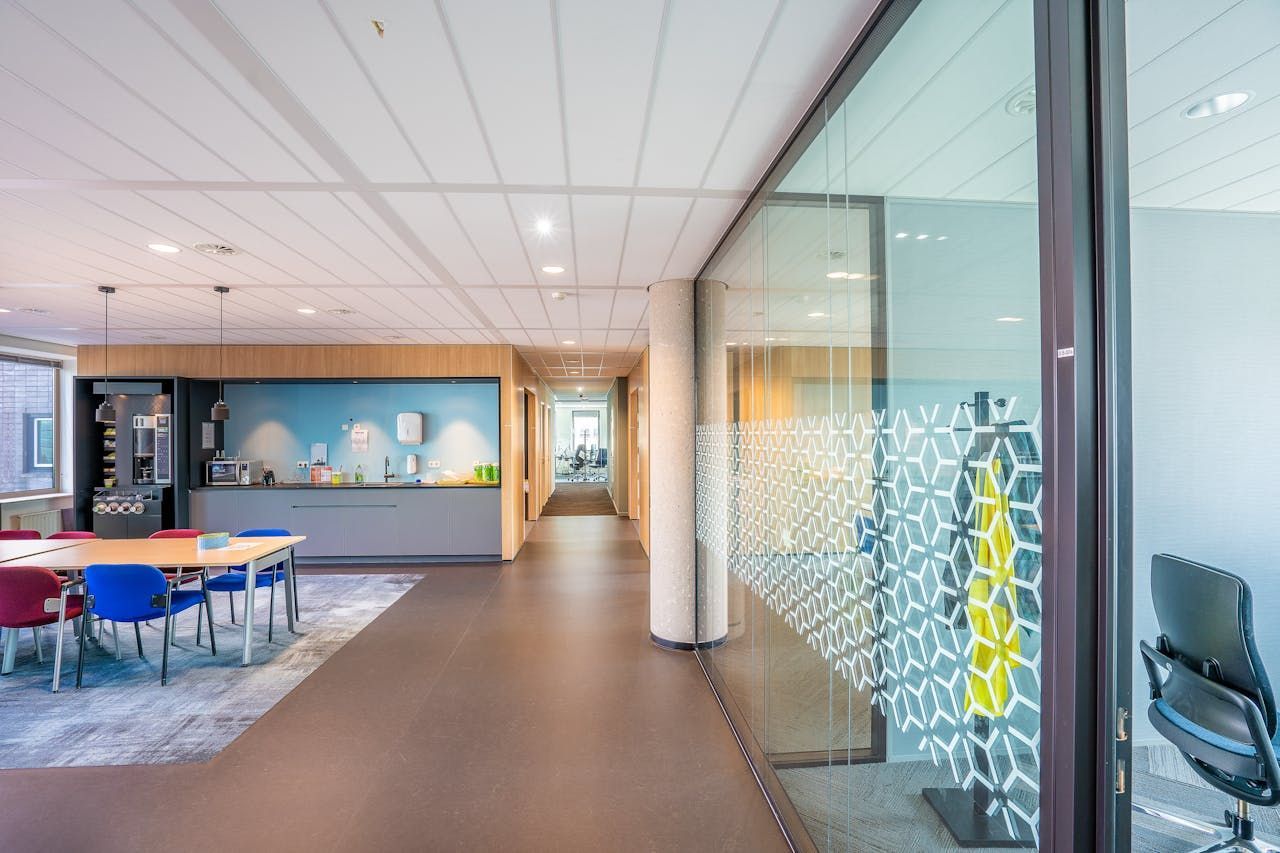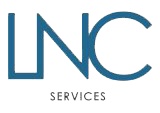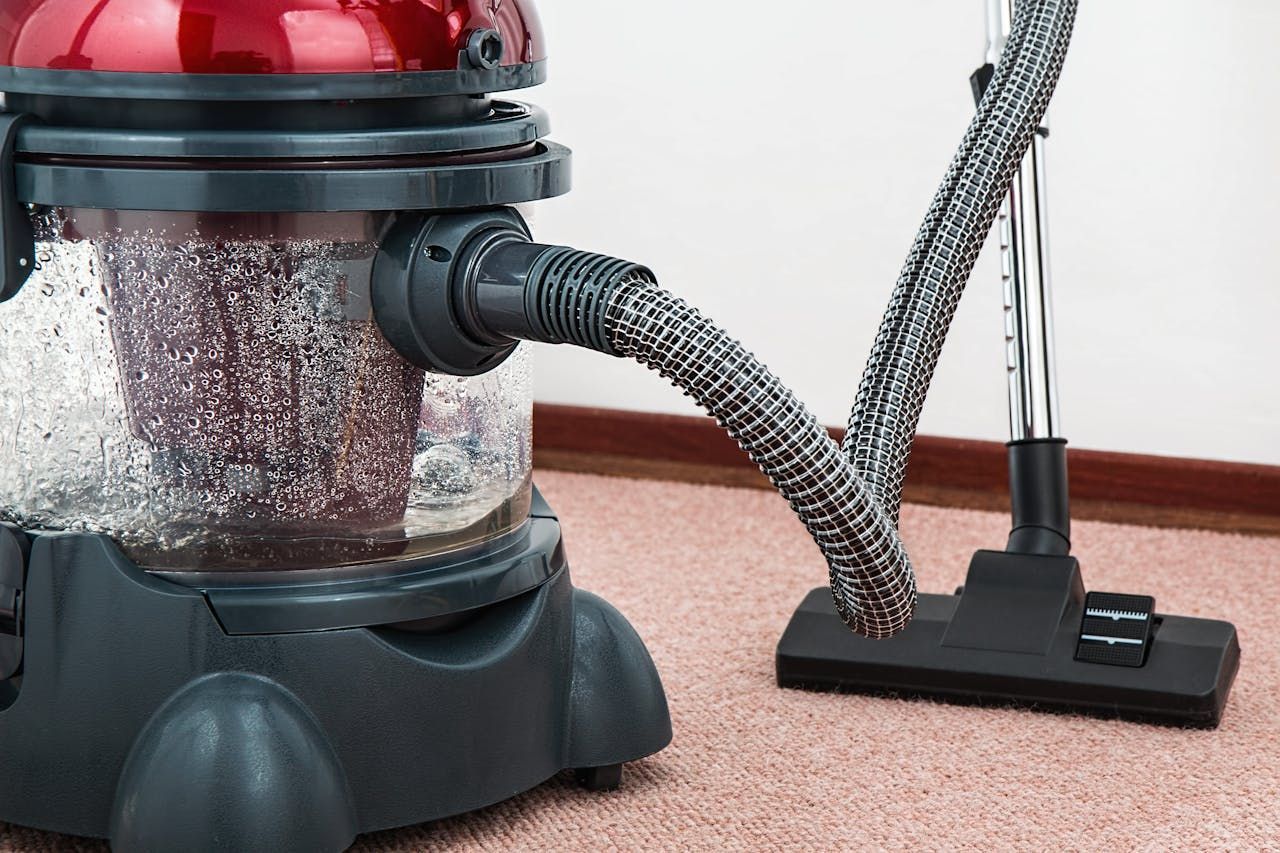5 Ways To Boost Productivity Without Breaking Your Budget
Sometimes, even working hard isn't enough to clear your to-do list.
And what a lengthy to-do list you’ve got… Sitting there, staring at you. All. Day. Long.
The good news? We’re here to help. In this blog, we’ll run through some office hacks you can use to make the most of every minute. Embracing full weekend relaxation without worrying about Monday morning stress begins today!
Use AI To Assist
The world is abuzz with talk of AI.
AI, or artificial intelligence, is an incredible technology that means a computer can act or think in a more ‘human’ way. You can make use of various free AI tools out there to help with administration tasks, making it an incredible time and money-saving hack.
Here are the top AI apps and programs that we have found most useful.
ChatGPT
OpenAI launched ChatGPT, a huge language model-based chatbot, late in 2022. And within a couple of months, it was making serious headlines.
The chatbot enables users to initiate and work through a conversation to obtain information in return. ChatGPT responds to users’ queries with up-to-date research because it scans the big ol’ internet for relevant information. The more detail you give ChatGPT about what you’re after, the better the outcome is refined.
ChatGPT can be used to help write emails, blogs and social posts because it listens to what you want to get across, can mimic your style, and plans out everything for you. We do not advocate for using the tool as a be-all and end-all, however…
The best way to use ChatGPT to boost productivity is to use its response as a framework, taking away the sheer panic of starting with a completely blank page.
Microsoft Copilot
This AI assistant features on Microsoft 365 apps and services. Launched in March 2023, the tool works alongside you to automate mundane tasks.
Copilot sits in the taskbar on programs such as Excel, Word, Teams, Outlook and PowerPoint to help you perform tasks faster and get more out of your limited time. For example, in Microsoft Word, Copilot can help you add more text and bring an idea to life. In PowerPoint, Copilot can create a draft presentation for you in seconds when given a topic, meaning you can hit the ground running and tailor it to your exact needs with ease.
Grammarly
We all love Grammarly. If you haven’t come across it before, it’s a free, cloud-based AI writing assistant tool that you can integrate into apps like Google Docs, Microsoft Word And Outlook.
The tool helps you to speed check your writing, offering suggestions for tone and phrasing improvement as well as clarity, grammar and consistency. If you’re using Grammarly within an internet browser, this version also quickly runs a plagiarism check, keeping you safe from unintentional similarities with already-published content.

Power Snacks
Our energy levels directly influence our ability to perform tasks.
It won’t surprise you to learn that caffeine is the go-to for most of us, but it can actually cause a dip in energy after the initial hit. Similarly, super sweet foods also tend to bring about a whole-body sluggishness once the high has worn off.
So, what can you eat to help boost your energy levels?
Fire, protein and healthy fats burn slowly and boost brain focus. Here are some examples of foods you can keep within reach to help enhance your productivity.
Bananas
Sweet and creamy, bananas are not only high in potassium, which regulates heart function but provide instant yet sustained energy AND contain tryptophan, which converts to serotonin.
Green Tea
Green tea has naturally occurring ingredients like caffeine and L-theanine that combine to enhance cognitive function, including supporting attention, focus and memory.
Avocado
Avocados are full of monounsaturated fatty acids, carotenoids, fibre, and micronutrients, all providing a strong base for boosting cognitive function across the board.
Dark Chocolate
It’s not everyone’s favourite, but dark chocolate is an indulgence that can scale up your productivity without breaking your budget. It’s full of antioxidants that increase blood flow to the brain, enhancing neuroplasticity and supporting better memory, attention and problem-solving.
Popcorn
Popcorn isn’t just for movie nights.
This low-calorie, high-fibre, wholegrain snack is considered far healthier than processed grains and releases energy slowly so that you remain determined to tick tasks off your list without flagging.
Delegate
Time spent on tasks that don't move your day forward is money down the drain. While outsourcing feels like a hefty outlay, it should always have an associated return on investment - whether that’s time or money.
For example, in LNC’s experience, our cleaning teams free up so much time for busy staff that their cost is well worth it. It enables every single person to walk into the office in the morning and get on with the job they are paid to do…
Everything is where it needs to be; there is no clutter confusing our brains and making it difficult to concentrate, and there are fewer bouts of employee illness because the place is kept clean and tidy.
Find Your Groove
Does time management stress you out?
It’s something plenty of us struggle with. There are plenty of different ways to manage our time effectively, and finding the one that works for you will transform how you get stuff done.
Here are some of the most common techniques… Why not give them a try?
Pomodoro Technique
Named after the Italian word for tomato, this technique involves splitting work tasks into 25-minute intervals, or ‘pomodoros’, with breaks in between. Working this way, tasks of all sizes are easier to digest, eliminating overwhelm and stress and providing little wins to keep you satisfied and hungry for more.
Time Blocking
As the name suggests, this time management approach splits your day into blocks that are each focused on completing a task. This way, a timetable of manageable work chunks takes the place of an open-ended, overwhelming to-do list that fills you with dread.
Eisenhower Decision Matrix
The decision matrix is a task management tool. Using it, you divide your to-do list into the four boxes of a grid:
- Tasks you’ll do (important and urgent)
- Tasks you’ll schedule (important but not urgent)
- Tasks you’ll delegate (not important but urgent)
- Tasks you’ll delete (not important and not urgent)
Using the Eisenhower Matrix helps you to organise and prioritise everything that needs doing so that you don’t waste time or energy pondering, stressing, procrastinating or otherwise not doing the stuff that needs to be done.
Fix Your Filing
We've seen enough desktops to know that filing, both paper and digital, is often a disaster zone.
Even the best of intentions isn’t enough to magically create faultless, functional filing systems.
Saving documents in an ordered and logical way speeds up access for everyone who needs them, reduces space in your cloud-based system because documents are quite often duplicated in several folders, and infinitely streamlines processes and procedures.
And this works for paper, too. Organisation is everything.

Time Management And Productivity Go Hand In Hand
We know, we know… There never seems to be enough time in the day. But, by utilising some of the tips we’ve covered in this blog, you can speed up the tasks on your to-do list and reduce that feeling of overwhelm.
Without forking out to enhance your skills.
Looking for someone to take care of your office hygiene and cleanliness? Get in touch and
request a quote
today.










